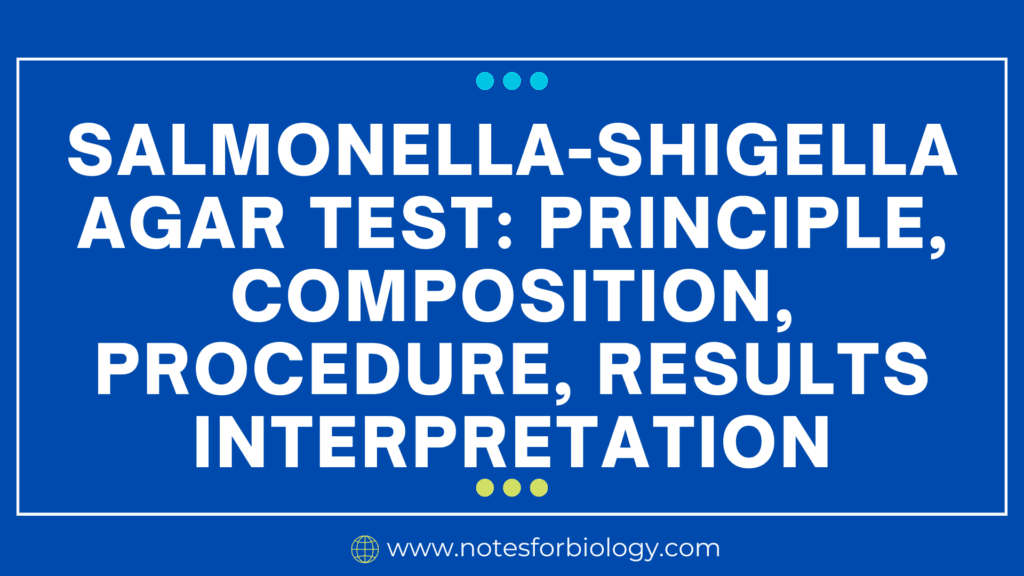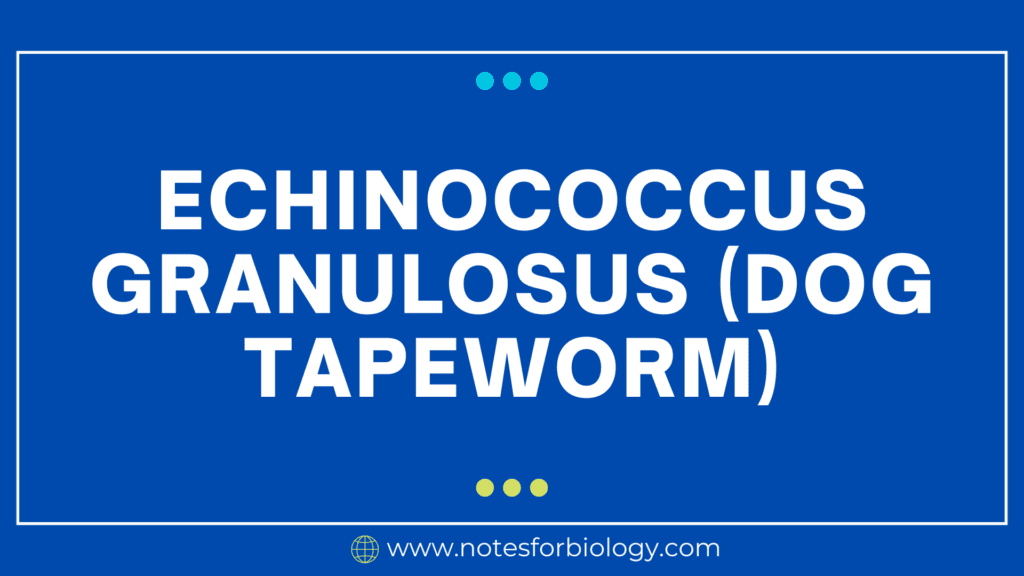Precipitin reaction (The Ring Test): Principle, Requirements, Procedure, Observations and Results interpretation
Precipitin reaction, specifically the ring test, is a classic immunological assay used to detect the presence of antigens or antibodies in a sample. It is based on the principle of antigen-antibody interaction, which forms a visible precipitate. The absence of a ring suggests a negative reaction, indicating the lack of the specific antigen or antibody. […]










